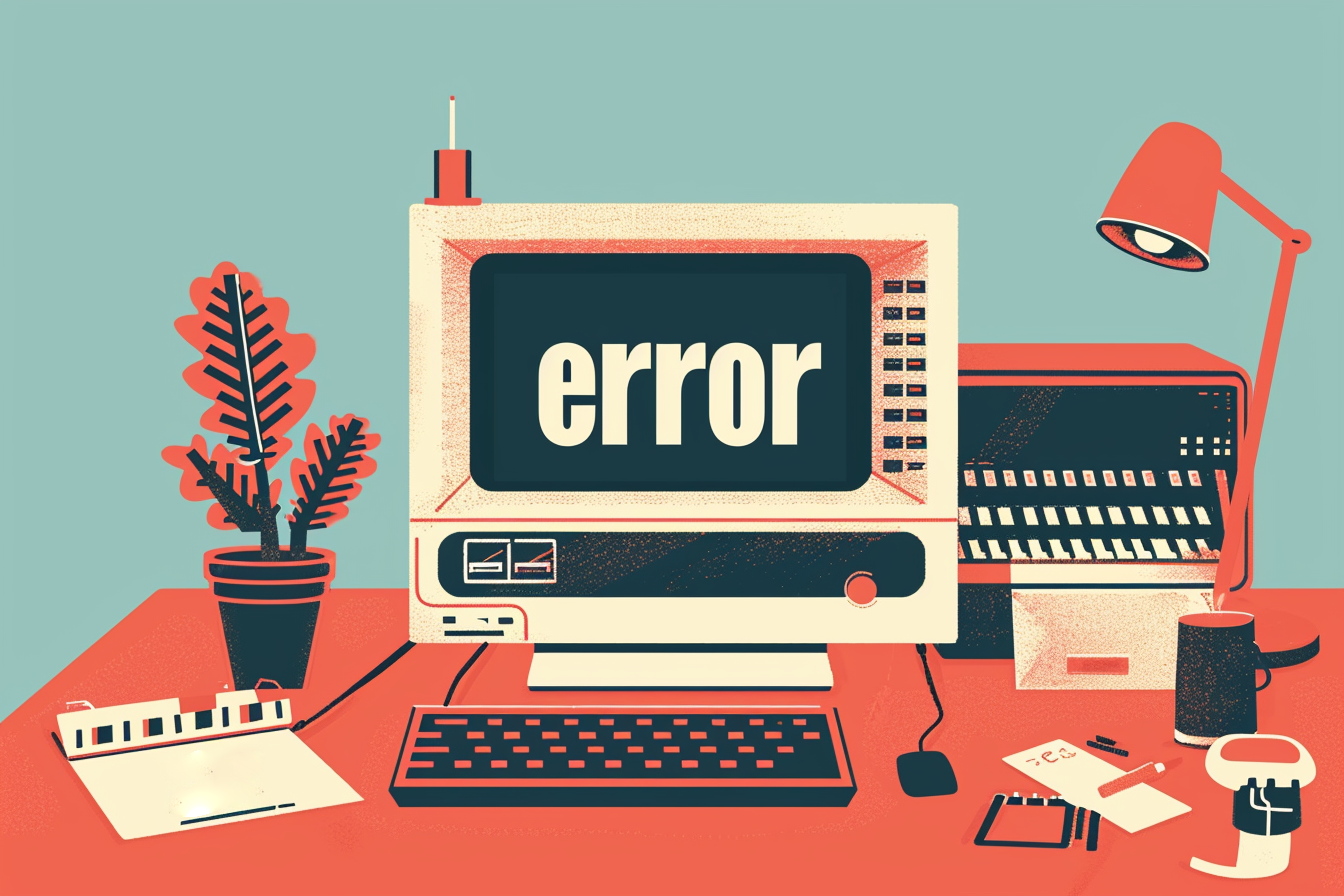
If you’re worried that you might lose your job to a robot, researchers at the Massachusetts Institute of Technology (MIT) say you can relax a bit, at least for now.
The researchers started from the premise that, if it is cheaper to use artificial intelligence (AI) to complete a task than an employee, then the edge would go to AI in the workplace. But that’s not what they found.
The researchers looked at two jobs – teaching and property appraisal – where it was thought that computers could do the job more cheaply. In terms of overall costs, the researchers found that only 23% of workers could be more efficiently replaced with AI. But where the work needed to be done with an entity possessing vision, humans remain the cheaper option.
A number of factors may be in play, but essentially it boils down to this: AI-assisted visual recognition is expensive to install and operate. Humans, on the other hand, usually come equipped with vision capabilities.
“This indicates a more gradual integration of AI into various sectors, contrasting with the often hypothesized rapid AI-driven job displacement,” said Neil Thompson, principal investigator at MIT CSAIL and the Initiative on the Digital Economy. “We placed our focus on the field of computer vision, an area where cost modeling has seen significant advancements.”
It might be smart to plan for the future
However, the findings don’t suggest that workers shouldn’t be planning for the future. But for now, humans appear to be holding the upper hand.
The researchers looked at the effect of potential reductions in AI system costs and how such changes could influence the pace of automation. For example, if the costs of implementing AI in workplaces decrease significantly, this could accelerate the rate at which AI is adopted in various sectors, potentially leading to more rapid changes in the job market.
But at the same time, if AI costs a company more to do what workers can accomplish, it makes economic sense to stay with the present system. The researchers say workers can use this time to improve skills that will help them adapt to future changes in the workplace.
Photo Credit: Consumer Affairs News Department Images
Posted: 2024-01-23 12:21:41


















